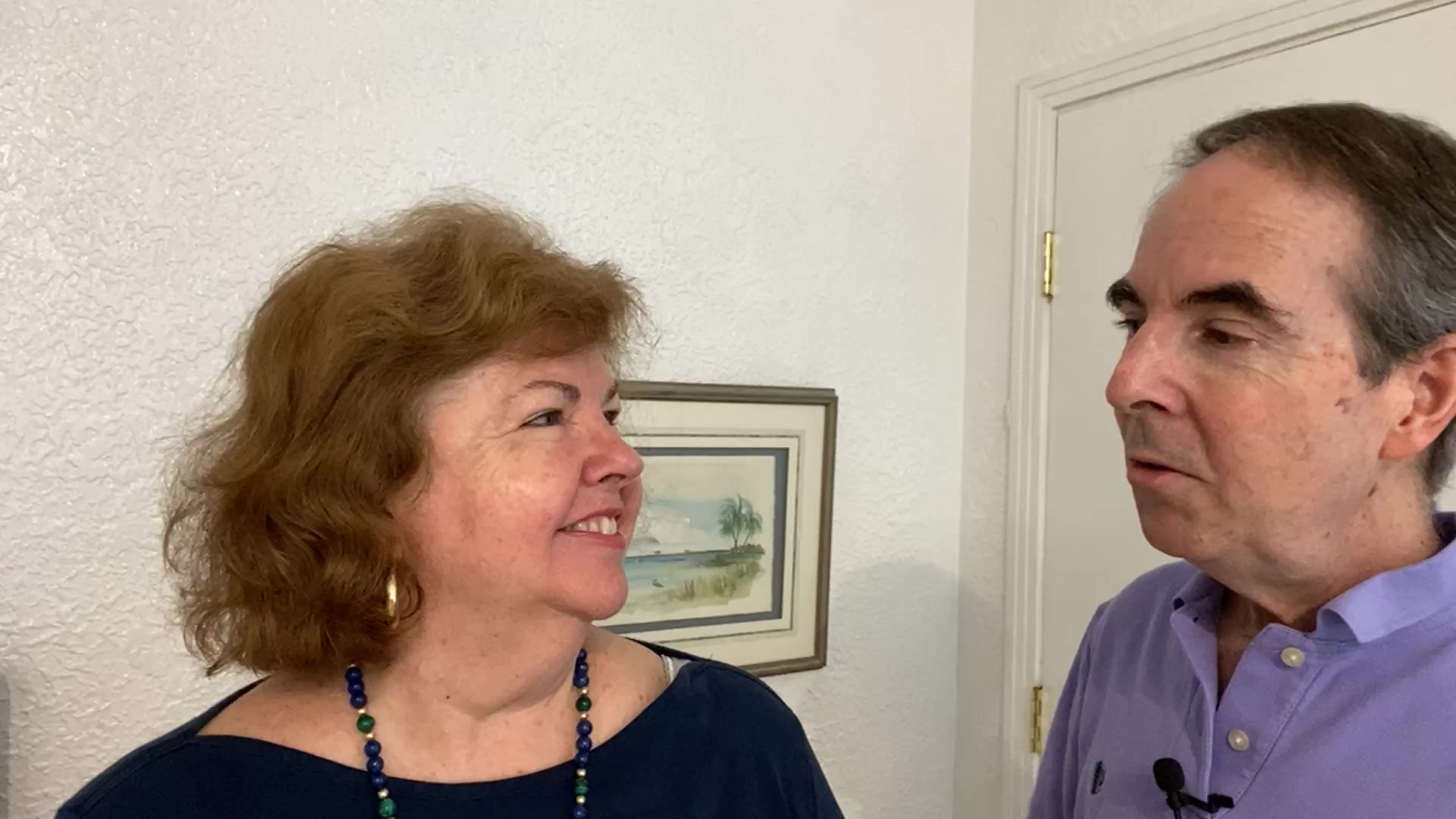
This case study comes from Season 1, Episode 2 of The Profit, on CNBC. The show stars Marcus Lemonis, who helps businesses that are in trouble. He invests in them and turns them around with his expertise. In this role, he is much more of a consultant than a coach. Yet, he does do some coaching where he can.
This family business case study example is about a 52-year-old florist in Pasadena, CA. The founder and father of the current owner passed away in 2010. The founder’s 46-year-old son took over for his father.
Three years later, the business generated $3.6 million in revenues, but showed a loss of $20,000 for the year. It had lost money every year since the founder’s death.
The son maxed out his $100,000 line of credit from his bank and borrowed another $200,000 from his mother.
Although the son owned 100% of the company, he did not make a major decision without his mother’s approval. Marcus had to meet with both of them to make the deal.
His offer was to invest $100,000 to upgrade the appearance of the business and streamline operations. In exchange, he asked for 25% of the profits but no equity. They made a handshake agreement, and Marcus went to work.
The signage on the delivery vans was out of date and did not include a phone number. A location that had closed 10 years earlier was still listed.
Marcus rode along with the head driver on a delivery run. The driver used paper maps instead of a GPS. He said he was “old-school.” He got lost twice and blamed it on Marcus.
The air conditioner in the van didn’t work. The Southern California heat wilted the fresh flowers inside. Marcus felt the broken AC was to blame for the many customer complaints he read.
They had a huge warehouse stacked with inventory bought over several years. There was no inventory management system to account for it. Marcus determined the value at $400,000.
The owner had no idea what his most profitable items were.
The person in the role of General manager:
She just didn’t have the skills required for the position she held.
They hadn’t raised prices in years, even though costs increased. Marcus ran a demonstration of a product cost analysis. An $85 arrangement cost $81 to make.
When Marcus challenged him about the missing phone number on the vans, the son responded sarcastically. He didn’t seem to see the incomplete signage as a problem for the business.
The mother did not hold her son accountable. The owner did not hold the General Manager accountable. The General Manager did not hold the employees accountable. No one was paying attention to customer complaints.
The store was so cluttered with random merchandise that customers couldn’t see the staff making flower arrangements. Management couldn’t see this – it was invisible, in plain sight.
The owner, who asked for Marcus’ help, resisted every change that Marcus made. On the day of the Re-grand Opening, the owner left early. Sales were 30% above average that day.
Two weeks later, the owner backed out of the deal. He denied saying things that he had said on-camera. He accused Marcus of promises he hadn’t made. He acted like a child.
We can’t know what the owner’s true motives were, but it was clear that he didn’t want to change.
The only time he took charge was when Marcus called his mother to demand his money back. It was poor timing, but progress in accepting responsibility.
Marcus demoted the general manager and coached her about her new role. She accepted that and stepped up her game, showing strong character.
Employees rallied around her stronger management. It was easy to see their renewed sense of pride.
The contrast between the owner and the manager illustrates a key component of coaching. That key is implementing changes. The commitment to taking action by testing new ways of behaving is what gets results.